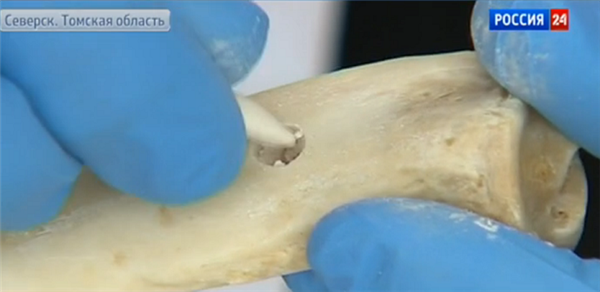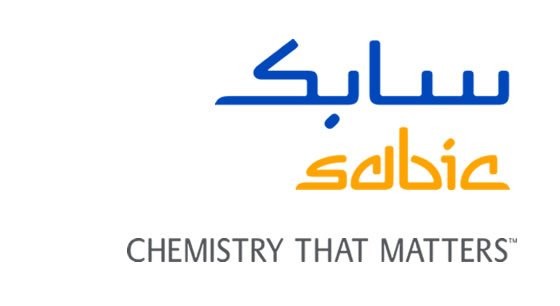
Author: ananya kondiparthy

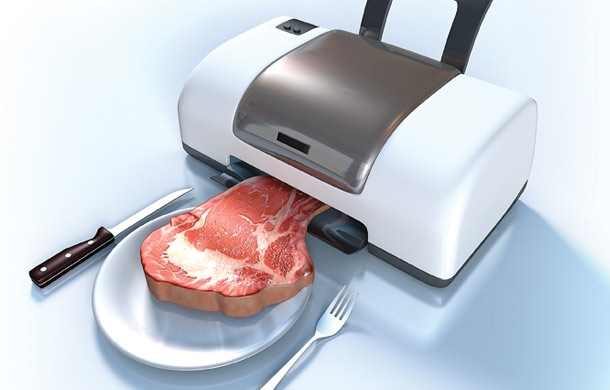
Rockefeller invests in synthetic animal product manufacturing
April 16, 2015
No Comments
Read More »
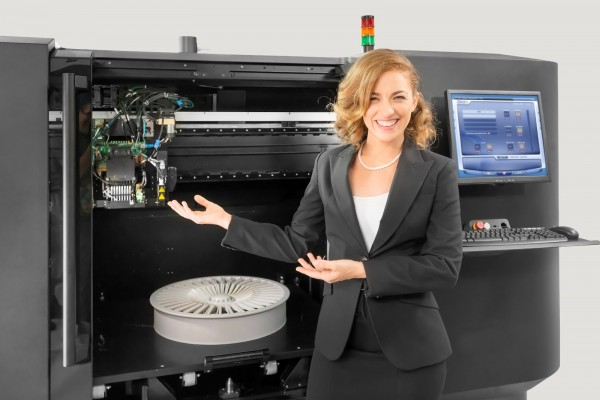
Stratasys’ Objet1000 Plus released at a German Tech Show in Hannover
April 15, 2015
No Comments
Read More »

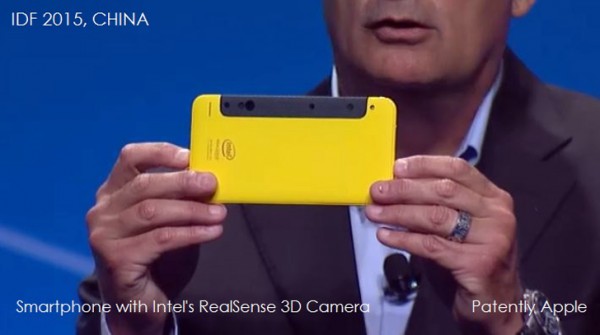
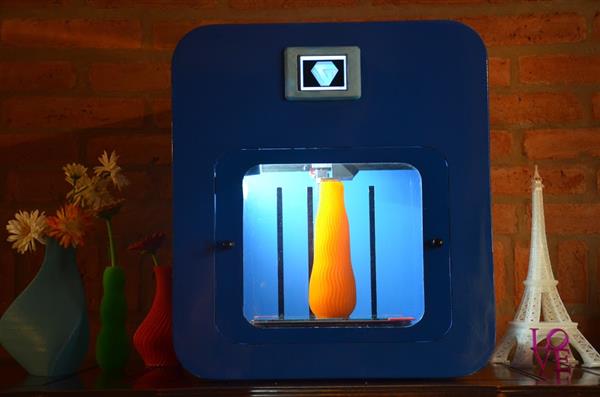
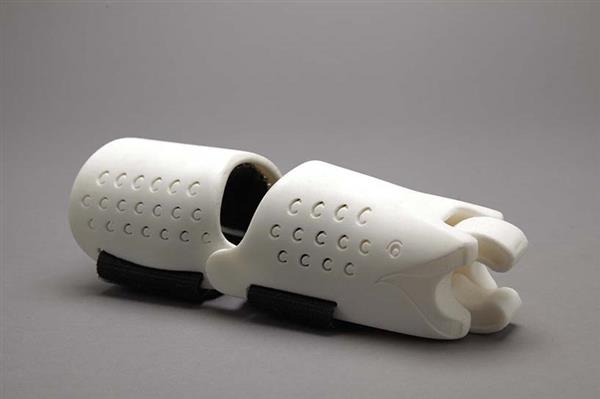
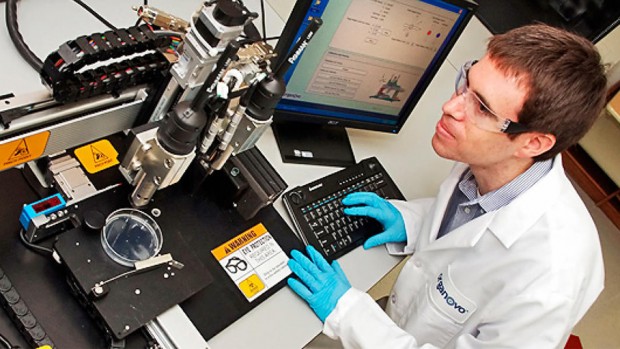
L’Oreal uses skin tissue 3D printed by Organovo for its testing purpose
April 8, 2015
No Comments
Read More »
